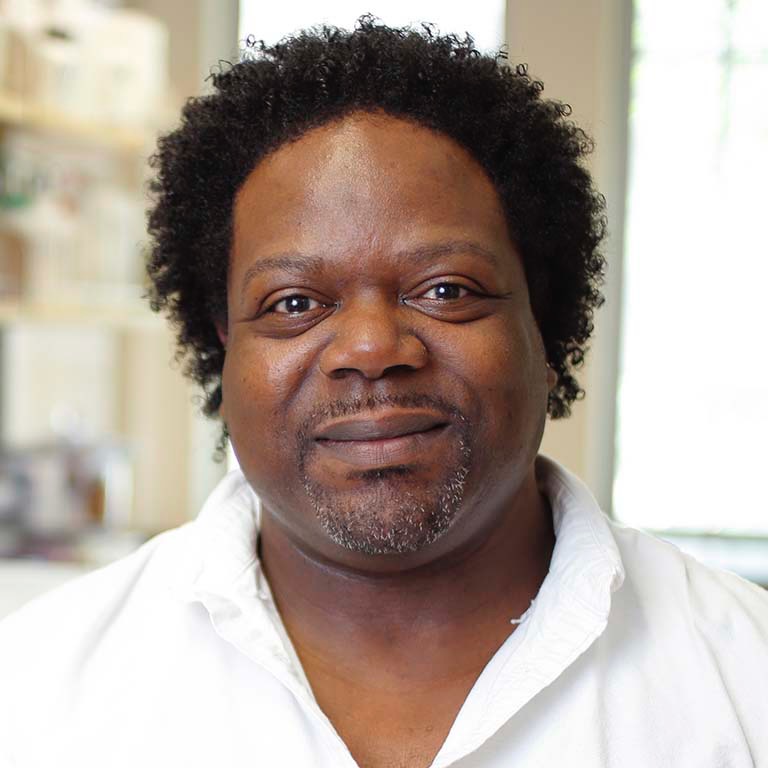Dr. Rowe-Magnus studies how pathogens become resistant to antibiotics, which has important implications for how we strategically treat bacterial infections. In 2016, he and another professor at IU received a $25,000 grant to develop new antibiotics to replace ones made obsolete by resistance strains.

Dean Rowe-Magnus, Ph.D.
Associate Professor of Biology (Indiana University Bloomington)
Dr. Rowe-Magnus earned his undergraduate degree from the University of Ottawa and his master’s degree from the University of Toronto. He completed his Ph.D. in 1998 at the University of British Columbia. During his postdoctoral training, Dr. Rowe-Magnus worked under Didier Mazel at the Institut Pasteur in Paris. There he studied integrons, which are mobile genetic elements. Integrons are pieces of DNA that have the ability to insert themselves (and their contents) into new sites in the genome, or even into a new host species’ genome. Dr. Rowe-Magnus focused on integrons that contain genes that allow resistance to a given antibiotic, and are therefore capable of transferring these genes from one bacterial species to a completely new bacterial species.
One focus on Dr. Rowe-Magnus’s lab is the bacteria Vibrio vulnificus, which is in the same family as the species that causes cholera. V. vulnificus can infect open wounds and is also the most deadly food-borne pathogen in the U.S. (It is transmitted through seafood, especially oysters). Outside of humans, V. vulnificus tends to form a biofilm structure, where many individual bacteria come together to form a 3-dimensional aggregate. This structure helps the bacteria to survive and reproduce better.
In a recent paper, Dr. Rowe-Magnus and colleagues identified a strain of V. vulnificus that was four times better at forming a biofilm than normal. The first thing that they noticed was that this strain had completely lost a gene known to somewhat block biofilm production. However, other strains had previously been identified that also lost that gene and they did not show as dramatic an increase in biofilm production. Thus, they went on to identify a second gene that was more highly expressed than normal, concluding that this gene promotes biofilm assembly. Finally, they compared features of this over-expressed gene to the rest of the V. vulnificus genome, and found evidence that it didn’t match — suggesting that it was transferred to V. vulnificus from another species at some point in the past.